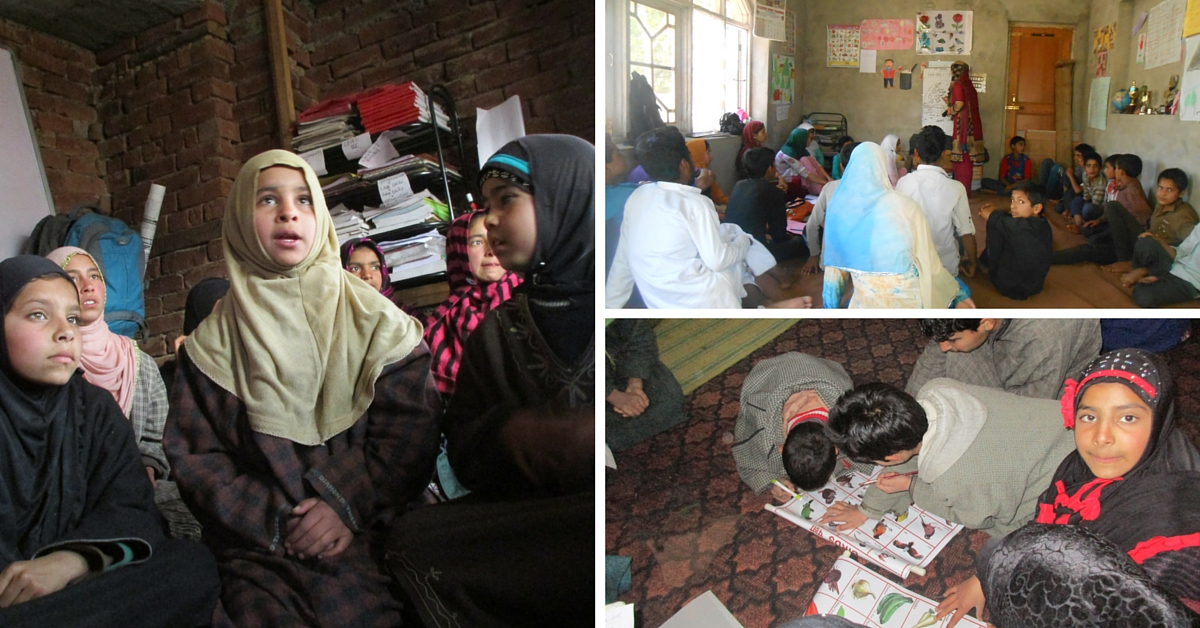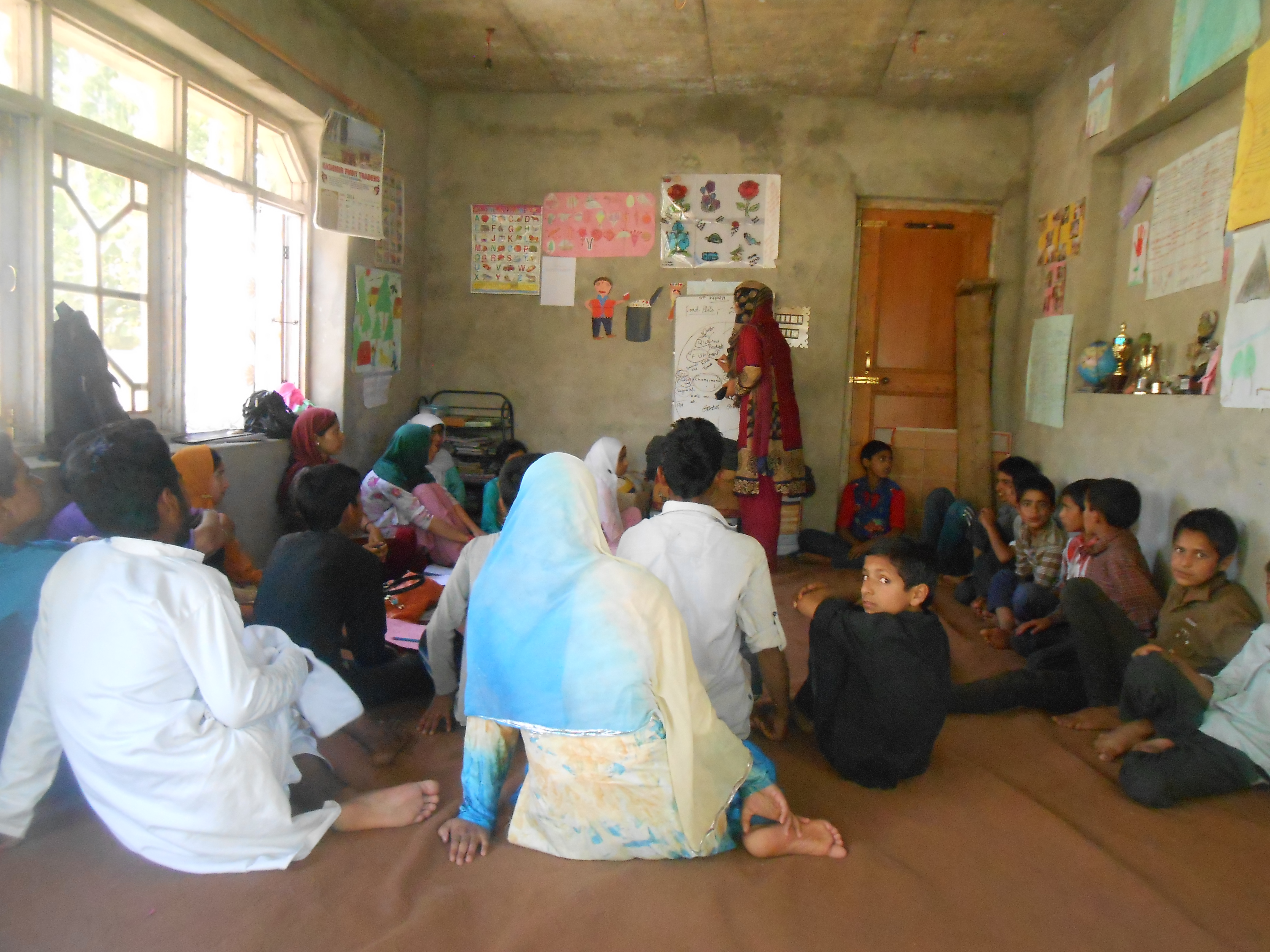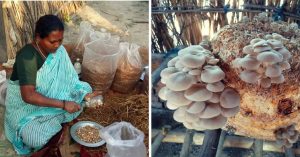TBI BLOGS: How Child Labourers Are Finding Their Way Back to School in Kashmir
Underprivileged at-risk children and child labourers in the Kashmir valley are slowly getting the opportunity to gain an education again.

Underprivileged at-risk children and child labourers in the Kashmir valley are slowly getting the opportunity to gain an education again.
Kashmir is often referred to as heaven on earth but for its own children, unfortunately, the place is far from being a paradise. Poverty and illiteracy over the years have led to an entire generation of impoverished and unemployed youth. This, in turn, has led to children being deprived of sustained education and they are instead employed as child labourers. The labour intensive handicraft industry in the state, which has long served as its backbone, has gained notoriety for employing children as labourers. Besides working in industries, children also work in automobile units, restaurants or as domestic workers, and a huge percentage is employed in home based work like weaving and embroidery.
Take the case of 10-year-old Nadia from Janwanipora village in Baramulla district, who comes from a carpet weaving family and is the eldest of six siblings. Given the large family, her parents, who are uneducated themselves, gave more importance to survival than education. When Nadia’s mother started working to supplement the family income she was forced to drop out of school and take care of her siblings and the house. Alongside, she also learnt weaving and started earning Rs 1,000 per month. But things changed for her in April 2015, post which Nadia continued her education and was back in school by December.
“Poverty cannot stop me. I will get my education if it is at home, school or any other place” Nadia says proudly.

Similarly, 14-year-old Showkat Ahmed from Sikloo-Khaigam loved studying and going to school with his friends. The son of a hair cutter, he dropped out of school after his father’s death. With a mother and an unwell elder brother to take care of, Showkat was forced to work as a domestic help to support his family. However, within a few months of working, Showkat was back in school after securing admission in Class 7 in Government High School, Waisarmarg.
For both Nadia and Showkat , the Children Activity Centres (CACs) in their areas helped them escape child labour and continue with their education. These Centres were introduced in 2010 by child rights organization CRY to help the huge number of out-ofschool children continue with their education and transition back to school. The intention was to create a community based facility for children to impart age specific education and subsequent integration into mainstream schools. Once identified, the children are assessed and referred to levels 1-6, as prescribed under the Sarva Shiksha Abhiyaan, and trained accordingly. They also have to clear six internal exams and the final NRBC exam conducted by the education department for integration into formal school
The rampant problem of children dropping out of schools midway was identified by Jammu and Kashmir association of Social Workers (JKASW), CRY’s partner in the region, which runs these centres, during their child focused interventions in different communities.
It was found that parents needing additional support did not hesitate to take their children out of schools so they could contribute to the family income.

They also came across a huge percentage of first generation school goers – children who would be the first ones in their entire family to receive a formal education and hence in need of help and support. Both the issues called for some level of intervention thus giving way to CACs.
The most challenging part however was to convince parents to let their children go back to school. Interaction with and counselling of parents and community members was done on a regular basis. Over time, having understood the importance of education, their reluctance slowly turned to consent. The next step was mapping and identifying out-of-school children and finding qualified teachers at the community level. While it was very difficult to find teachers in all the areas, in most places the community members themselves nominated a few teachers who were then selected after an assessment, and subsequently trained to teach children.
The activity centres are designed to aid the learning process by adopting different mediums of intervention like Bridge Course for drop-outs, basic literacy courses for first generation and new learners, and remedial classes for mainstreamed children. Besides being a platform for education, they also provide a multifaceted and multicultural space for children to interact, share and learn together through their many children’s groups.
Hasina Bano, a teacher at the Gundprang centre in Bandipora district says, “Despite being poor and uneducated, my parents gave their unconditional support to me and my five sisters and that has helped us in every step of our lives. The children from our villages as well as those who come here need that kind of support and encouragement. They are very bright and eager to learn.”
Starting with just 3 centers on an experiment model, there are now 28 CACs running across four districts of Srinagar, Pulwama, Baramullah and Bandipora.
More than 3,500 children have been impacted so far and close to 1,600 children have been mainstreamed into government schools, more than 700 last year alone.

“I love learning and spending time with my friends here. Our teachers are very good and friendly. I want to study hard and want to become a painter and photographer,” says a beaming 16-year-old Asiya Yakkob who had dropped out of school after Class 6 and was a domestic labourer.
Her friend Sumaira Bilal, who had stopped going to school after her 5th standard exams, wants to be an interior decorator and is looking forward to an exciting career.
The biggest challenge, however, were the 2014 floods, which completely disrupted livelihood in the valley and shut down all schools in the region for months. With no signs of life returning to normal any time soon, the children feared missing out on their studies or being forced to work again. It was then decided to distribute books to these children to keep them engaged. Over time, when that seemed insufficient, CRY, along with JKASW, initiated ‘winter tuition centres’ on similar lines, helping close to 1,300 children stay connected with education despite the prevailing situation.
Over the years, not only has the dropout rate come down in these intervention areas but parents are now slowly getting convinced about sending their children to school despite the odds.

“Both my daughters studied till Class 2 and then started taking care of the house. We now realize that they need to study and make a good living for themselves. As parents we are happy that they have got a second chance to complete their education,” says Mashooq Ahmed, father to 14-year-old Afrooza and 15-year-old Nilofar.
The state government now recognises CACs as a model for Non Residential Bridge Course (NRBC) of the Sarva Shiksha Abhiyaan. Buoyed by the concept’s success, the State Education Department has also invited JKASW to train teachers of NRBC centres across 12 districts.
Even now, there are more than 2,000 out-of-school children and an equal number of child labourers in these four districts alone. A lot therefore needs to be done to bring all the children in the Valley within the mainstream education system. Hopefully, this government validation will play a positive role in ensuring that the maximum number of children are able to get the education they rightly deserve.
Like this story? Or have something to share? Write to us: [email protected], or connect with us on Facebook and Twitter (@thebetterindia).
This story made me
- 97
- 121
- 89
- 167
Tell Us More
We bring stories straight from the heart of India, to inspire millions and create a wave of impact. Our positive movement is growing bigger everyday, and we would love for you to join it.
Please contribute whatever you can, every little penny helps our team in bringing you more stories that support dreams and spread hope.



















